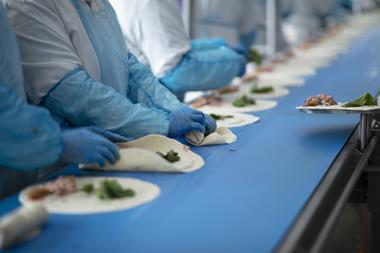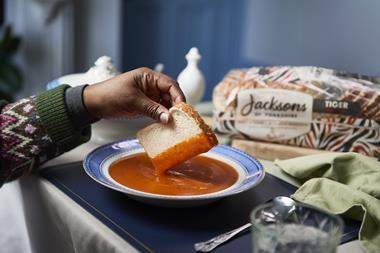Leading scientists are reconsidering the criteria for the high, medium and low classifications for the Glycaemic Index (GI) diet, expert Professor Jeya Henry of Oxford Brookes University has revealed.
The GI ranks individual foods between 1 and 100, according to their impact on blood sugar levels. Glucose is set at 100. There are low, medium and high sub-groups in the rankings, which were originally set out by Australian nutritionalist Jennie Brand-Miller 20 years ago. “There’s a danger that people can get obsessed with numbers,” said Professor Henry. “At the moment a product with a GI of 54 can be low and one with a GI of 56 can be medium.”
He explained: “Rankings were decided on practical prudence, with no biological reason. Jennie Brand-Miller chose high GI as over 70 as most white breads registered over 70, and low as under 55 as most legumes were under 55.”
However, there is mounting scientific unrest over the “medium” category, which has only 15 units and may need to be widened, Professor Henry said. He told British Baker: “Many scientists say we need to review this middle ground; it needs some refinement.”
The scientific community needs to push its thinking forward, he commented, although it will be faced with some vested interest from food manufacturers as it does.
He said: “It will take a couple of years to get a consensus of opinion.”
Low GI up to 55 (eg lentils)
Medium GI 56-69 (eg wholemeal pitta)
High GI 70+ (eg fruit loaf)




















































No comments yet